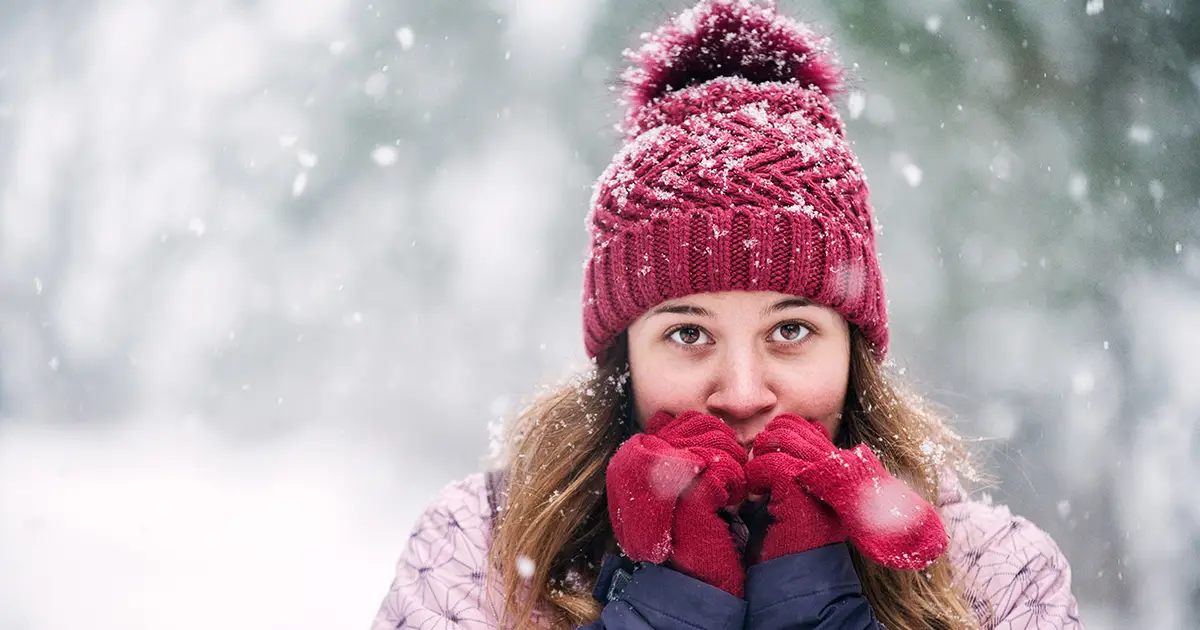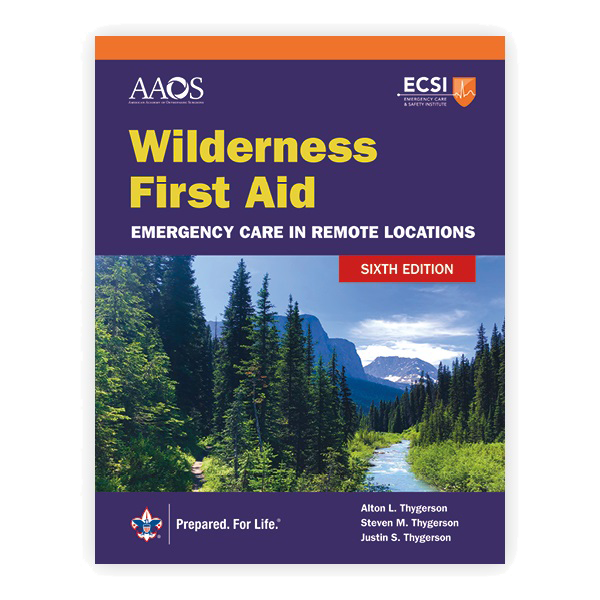Recognizing the Symptoms of Hypothermia: What You Need to Know

Mid-January, the clouds are rolling in and the temperatures are falling. A local scout group are preparing to go on their annual winter adventure camp. It takes the group longer than expected to get to the parking area to unload their snowmobiles due to the fresh blanket of snow on the roads.
This year they plan to snowmobile into a remote cabin that has been snowed in, but still has heat. The boys look forward to sleeping in a warm cabin rather than building snow shelters like in years past.
Despite the snowy road conditions, the trip shouldn’t take too long, maybe a couple of hours to get to the cabin. But with the delay due to the snow-covered roads the clouds have gotten darker. Thirty minutes into their snowmobile trek the snow starts to fall. Some of the leaders have one, maybe two boys on the back of the snowmobile. With the weight of the adults, the boys and their packs, the going is very slow.
Within an hour, it is whiteout conditions. The group travels another 20 minutes, but something is wrong. Only one of the leaders knows exactly where the cabin is. He is having a hard time finding the way due to the snowy conditions. He tells the other snowmobilers to stay put while he scouts out a path. He comes back after 20 more minutes. No luck, still no sign of the cabin. The other leaders inform him that some of the boys are covered in snow and their clothes are soaked through. Many of the group complain that they can’t feel their fingers or toes. It has now been almost two-and-a-half hours into the trip. As they inspect the group, they see that a couple of boys are starting to shiver uncontrollably and start to mumble when asked how they feel. The leaders discuss and agree hypothermia may be setting in.
Symptoms of Hypothermia: What to Look For
Hypothermia happens when heat loss occurs faster than heat production and the body’s core temperature falls below 95°F (35°C). Generally, the core body temperature will not fall until after many hours of continuous exposure. However, this can be accelerated by wet skin, wind, and inactivity.
One incorrect assumption associated with hypothermia is that it only relates to cold outdoor exposure. Hypothermia can happen any time of year and can even happen indoors on a sunny summer day.
Many of us who have been recreating or working in the outdoors have been cold to the point where we start to shiver, but we can move and take care of ourselves. This is the start of cold stress on our bodies. If we suspect cold stress we should move around or exercise to get warm, we should eat high-calorie food or drink. If we have wet clothes, we should remove them and put on dry clothing. However, if unattended cold stress can become hypothermia and turn into a life-threatening situation.
Wilderness First Aid: Care in Remote Locations, Sixth Edition
Wilderness First Aid: Care in Remote Locations, Sixth Edition, offers great instruction on identifying the signs of hypothermia and how to treat people who may have hypothermia. It also has resources to help people be prepared in cold conditions.
Request Your Digital Review CopyTypes of Hypothermia
There are three main types of hypothermia: mild, moderate and severe. All of these are based on core body temperature. Often taking core body temperature is not possible for many reasons in remote locations. Becoming familiar with the signs of hypothermia can help to determine if a person may have hypothermia.
Signs of Mild Hypothermia
- Vigorous, uncontrollable shivering
- Awake and alert
- Complains of painful cold feet and hands.
- Can answer questions
- The person mumbles, grumbles, fumbles, stumbles and tumbles (the “umbles”).
Signs of Moderate Hypothermia
- Shivering stops
- The “umbles” worsen
- May be sleepy and not want to move much
- Confused about surroundings
- Skin is bluer or paler than baseline color and cold when touched
Signs of Severe Hypothermia
- Barely responsive
- Rigid and stiff muscles
- Skin feels ice cold and appears blue
- Slow shallow or absent breathing
- Weak, slow or absent heartbeat
- Appears dead with no signs of life.
Hypothermia Treatment: Do's and Don'ts
The following are Do’s and Don’ts to treat any person exhibiting signs of hypothermia regardless of type.

CPR for Hypothermia
People with severe hypothermia need to be handled very gently to not create cardiac arrest. The heartbeat or breathing of severe hypothermic people may be so faint it can’t be detected; however, the person is not dead.
You should not start CPR on a severe hypothermic person until you have checked for a heartbeat for one minute. CPR should be started immediately for people who have been submersed in cold water.
Avoiding Hypothermia Starts with Prevention
When exploring or working in remote cold conditions be sure to be prepared for the elements.
- Before venturing out in the wilderness check the weather and wind chill
- Put on extra clothing to conserve body heat.
- Wear layers of clothing with an outer layer that is made of waterproof, windproof and breathable material. Remove layers to avoid clothes from getting sweaty and wet.
- If clothing or socks are wet be sure to pack extra for replacement.
- Don’t wear shoes or boots that are too small. Don’t tie your boots too tight because it may decrease circulation.
- Use insulation between you and the ground when sleeping, such as a cold-rated sleeping pad, to insulate your body from the ground.
- If hands start to get cold place them in your armpits or groin area.
- Sit or lie front to back or back-to-back to share body heat.
- Pack high energy foods to eat if you get cold.
- Sip water that has been warm by body heat.
Like the scout story described above, many people can quickly get caught in emergency situations when adventuring in the wilderness. Fortunately, this group understood the signs of cold stress and hypothermia and decided to turn around. The winter conditions started to improve, and they were able to ride their snowmobiles back to their vehicles and get warm before anything worse occurred. Lessons were learned and memories were made.
Related Content:
- How Damar Hamlin Continues to Shine a Spotlight on the Importance of CPR Training
- Back Blows, Abdominal Thrusts or Both: How to Teach First Aid for Choking Victims
- 5 Tips for Teaching CPR Effectively
About the Author:
Justin Thygerson Ph.D., CSP has been a senior safety & risk consultant with a regional insurance company for the past 16 years. He works with various companies to ensure the health and safety of their employees. Companies include ski resorts, municipalities, universities, amusement industry, manufacturers and construction companies. He is a Certified Safety Professional and belongs to the American Society of Safety Professional (ASSP). For the past five years he has helped author the Wilderness First Aid, Emergency Care in Remote Locations and Wilderness First Aid Field Guide as well as first aid, CPR and wellness books. In his off hours he is a novice wood turner and foodie. He loves vacationing with his family to the National Parks. In all he has visited close to 30 National Parks. He especially loves to take his retro 1967 trailer out in the wilderness with his family any chance he gets.
